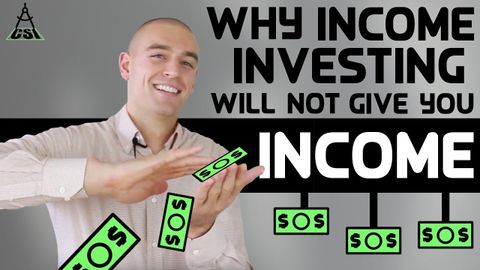
Subtitles & vocabulary
Why Income Investing Will Not Give You Income | Common Sense Investing
00
Joy Hsu posted on 2023/11/30Save
Video vocabulary
approach
US /əˈprəʊtʃ/
・
UK /ə'prəʊtʃ/
- Verb (Transitive/Intransitive)
- To get close to reaching something or somewhere
- To request someone to do something specific
- Noun (Countable/Uncountable)
- Means of reaching a place, often a road or path
- Request of someone with a specific goal in mind
A2TOEIC
More dedicated
US /ˈdɛdɪˌketɪd/
・
UK /'dedɪkeɪtɪd/
- Transitive Verb
- To state a person's name in book, song, in respect
- To give your energy, time, etc. completely
- Adjective
- Devoted to a task or purpose; having single-minded loyalty or integrity.
- Designed for or devoted to a specific purpose or task.
B1
More strategy
US /ˈstrætədʒi/
・
UK /'strætədʒɪ/
- Noun (Countable/Uncountable)
- Careful plan or method for achieving a goal
- Branch of military dealing with command
A2TOEIC
More evidence
US /ˈɛvɪdəns/
・
UK /'evɪdəns/
- Uncountable Noun
- Factual proof that helps to establish the truth
- Information presented in court to prove or disprove alleged facts.
- Transitive Verb
- To indicate clearly; to be evidence of.
- To show clearly; prove.
A1TOEIC
More Use Energy
Unlock All Vocabulary
Unlock pronunciation, explanations, and filters
